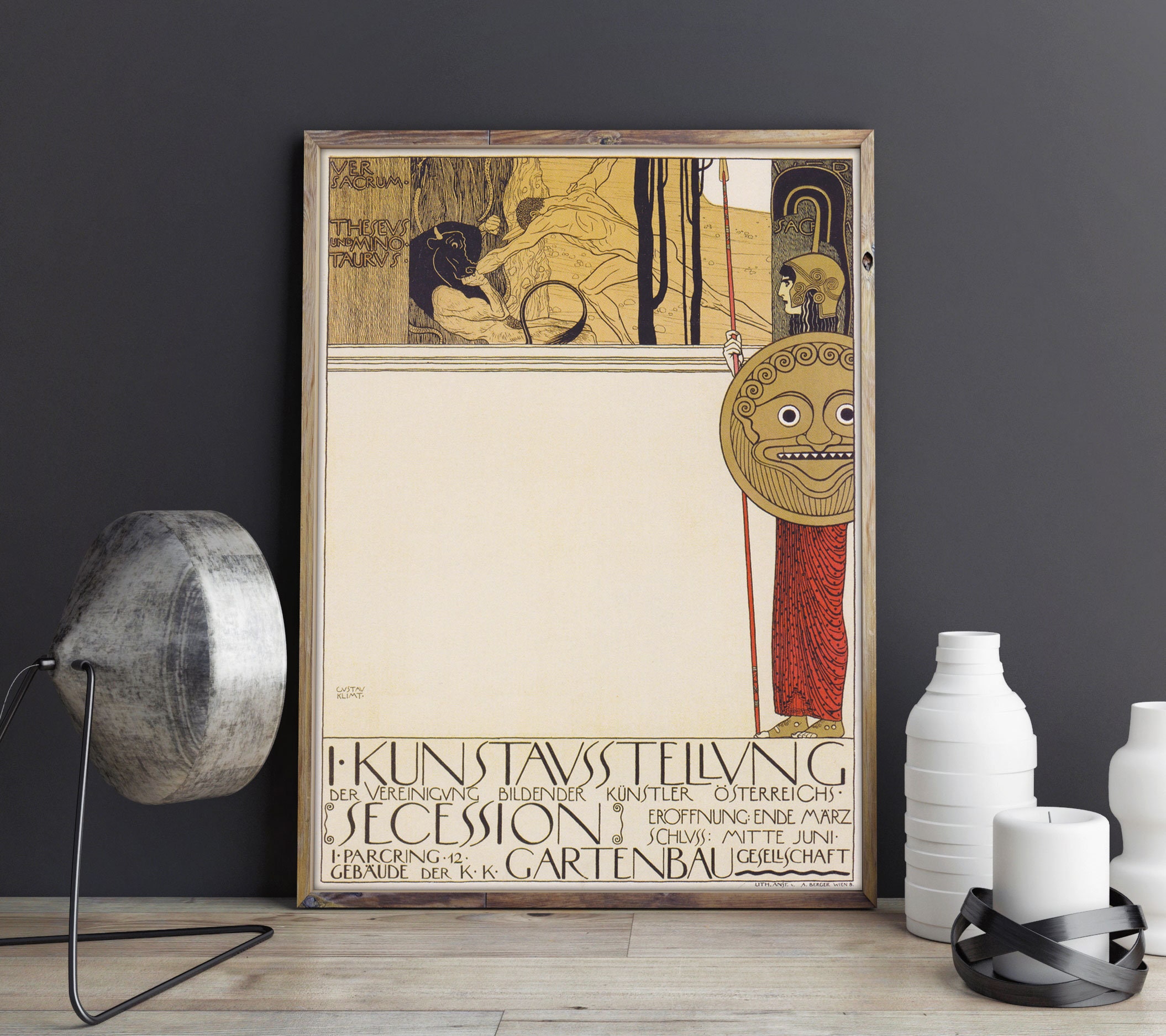
"Architecture in Austria in the 20th and 21st Centuries"."Architecture and truth in fin-de-siecle vienna". Text by Francesco Bonami, Wiener Secession, Wien. Kathrin Romberg (ed.): Maurizio Cattelan.Englewood Cliffs, NJ: Prentice Hall, Inc, 1986. New York, NY: Rizzoli International Publications, Inc, 1986. "Gustav Klimt: Painting and the Crisis of the Liberal Ego" in Fin-de-Siècle Vienna: Politics and Culture. ↑ Nikolaus Pevsner, Pioneers of Modern Design, Penguin Books, 1960.A good example of his work is the Stoclet Palace in Brussels (1905). One was Josef Hoffmann who left to form the Wiener Werkstätte. Wagner's way of modifying Art Nouveau decoration in a classical manner did not find favour with some of his pupils who broke away to form the Secessionists. Other significant works of Otto Wagner include The Karlsplatz Stadtbahn Station in Vienna (1900), and The Austrian Postal Savings Bank or Österreichische Postsparkasse in Vienna (1904–1906). 1898) is a significant example of the Austrian use of line. Otto Wagner's Majolika Haus in Vienna (c. The secession building displayed art from several other influential artists such as Max Klinger, Eugène Grasset, Charles Rennie Mackintosh, and Arnold Bocklin. This building became an icon of the movement. Designed by Joseph Maria Olbrich, the exhibition building soon became known simply as "the Secession" ( die Sezession). In 1898, the group's exhibition house was built in the vicinity of Karlsplatz. Secessionist architects often decorated the surface of their buildings with linear ornamentation in a form commonly called whiplash or eel style, although Wagner's buildings tended towards greater simplicity and he has been regarded as a pioneer of modernism. The three main architects of this movement were Josef Hoffmann, Joseph Maria Olbrich, and Otto Wagner. During this time, architects focused on bringing purer geometric forms into the designs of their buildings. ArchitectureĪlong with painters and sculptors, there were several prominent architects who became associated with The Vienna Secession. The Secessionist style was exhibited in a magazine that the group produced, called Ver Sacrum, which featured highly decorative works representative of the period. In this way they were very much in keeping with the iconoclastic spirit of turn-of-the-century Vienna (the time and place that also saw the publication of Freud's first writings). They hoped to create a new style that owed nothing to historical influence. Secession artists were concerned, above all else, with exploring the possibilities of art outside the confines of academic tradition. Der Kunst ihre Freiheit." ("To every age its art. Above its entrance was placed the phrase "Der Zeit ihre Kunst. The Secession building could be considered the icon of the movement. Unlike other movements, there is not one style that unites the work of all artists who were part of the Vienna Secession. The Beethovenfries, created by Gustav Klimt, is housed in the lower floor. On 14 June 1905 Gustav Klimt and other artists seceded from the Vienna Secession due to differences of opinion over artistic concepts. In 1903, Hoffmann and Moser founded the Wiener Werkstätte as a fine-arts society with the goal of reforming the applied arts (arts and crafts). The Klimt frieze has been restored and can be seen in the gallery today. A statue of Beethoven by Max Klinger stood at the center, with Klimt's Beethoven frieze mounted around it. The 14th Secession exhibition, designed by Josef Hoffmann and dedicated to Ludwig van Beethoven, was especially famous. The group earned considerable credit for its exhibition policy, which made the French Impressionists somewhat familiar to the Viennese public. The Berlin and Munich Secession movements preceded the Vienna Secession, which held its first exhibition in 1898. The Secession artists objected to the prevailing conservatism of the Vienna Künstlerhaus with its traditional orientation toward Historicism. Although Otto Wagner is widely recognised as an important member of the Vienna Secession he was not a founding member.

The Vienna Secession was founded on 3 April 1897 by artists Gustav Klimt, Koloman Moser, Josef Hoffmann, Joseph Maria Olbrich, Max Kurzweil, Wilhelm Bernatzik and others. A view of the secession building focusing on the dome.


 0 kommentar(er)
0 kommentar(er)
